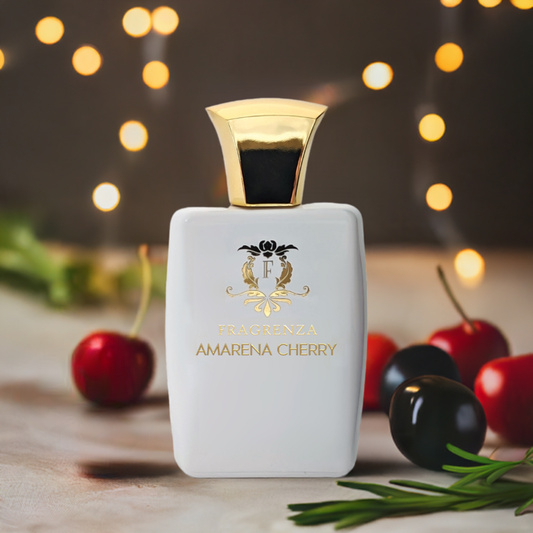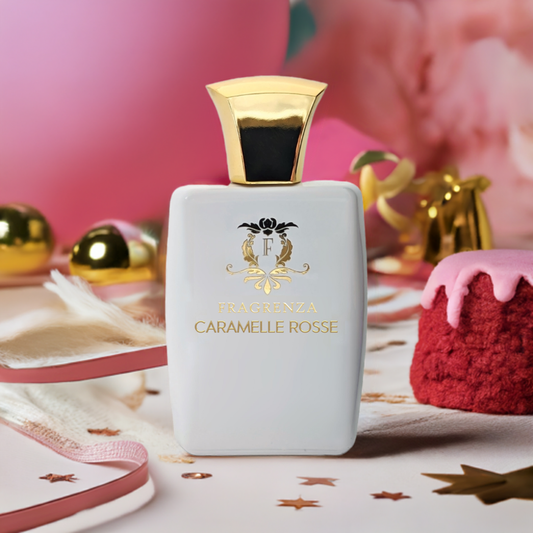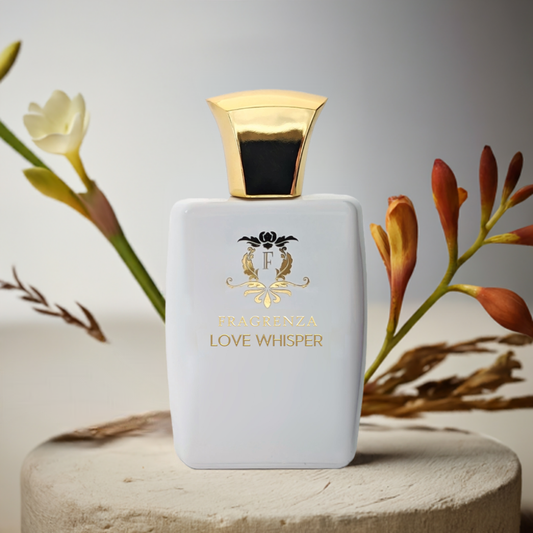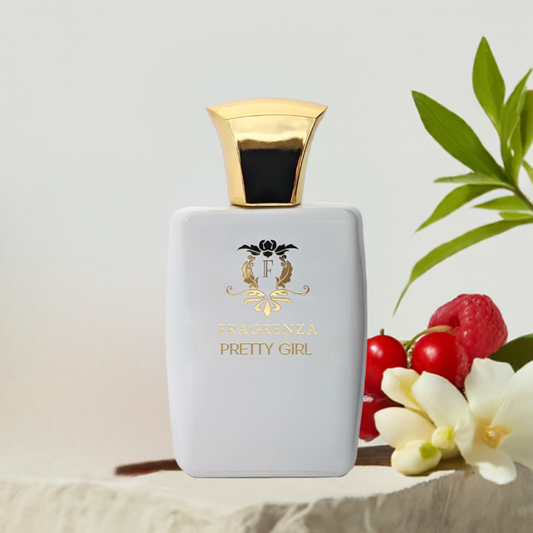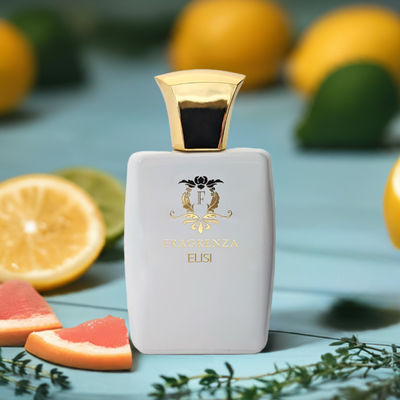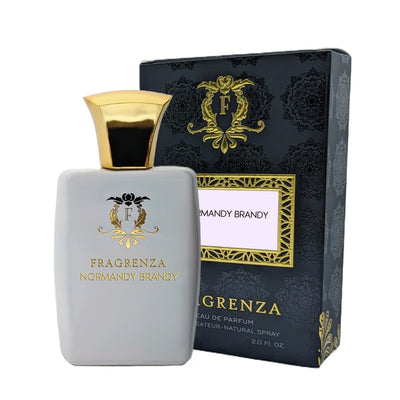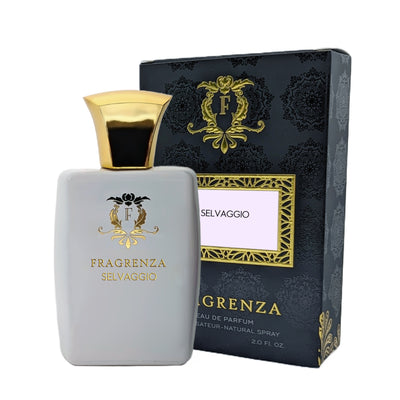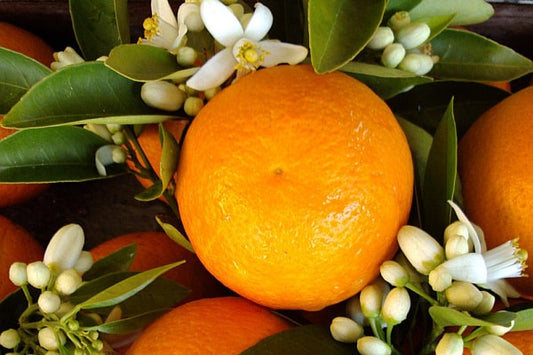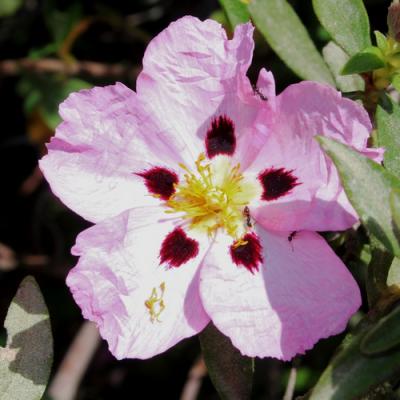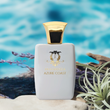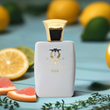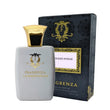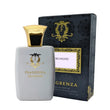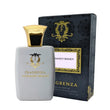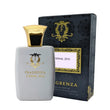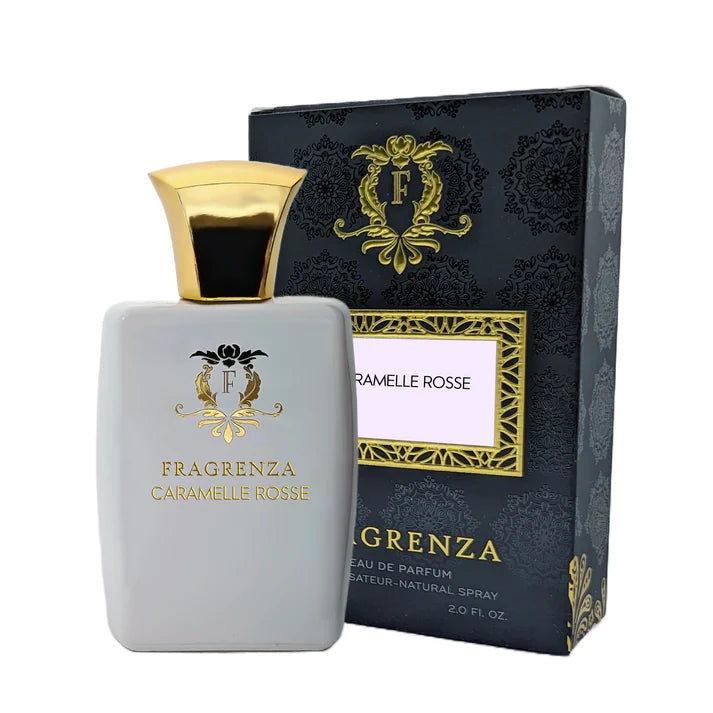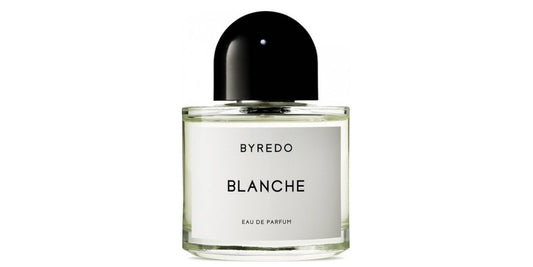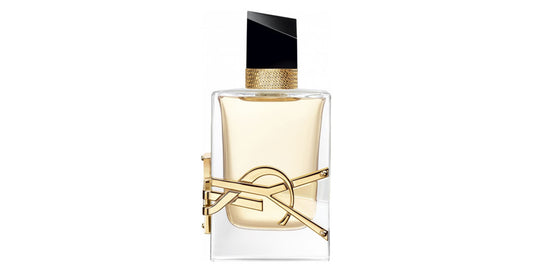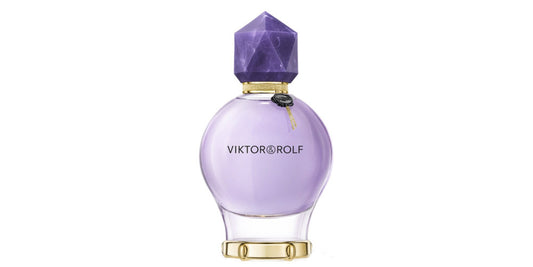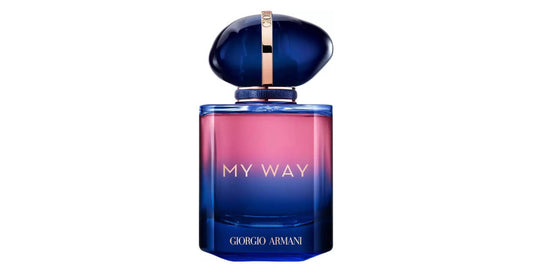Aromatic accord in perfumes
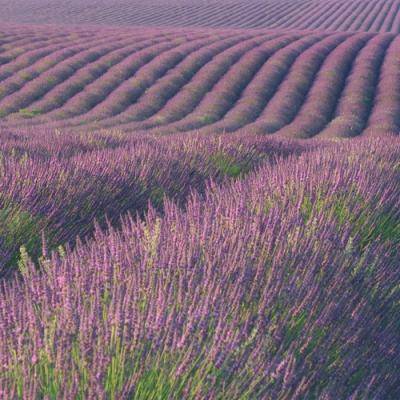
In This Article
Aromatic herbs have been an integral part of perfumery since ancient times. In ancient Egypt, essential oils and fragrant herbs such as myrrh, frankincense, and cinnamon were utilized in religious rituals and for scenting the body. Similarly, in ancient Greece and Rome, fragrant oils and perfumes were employed in public and private settings to enhance beauty, promote health, and create a pleasant atmosphere. Throughout the Middle Ages, perfumes were viewed as a luxury item reserved for the affluent. The use of scent accords in beauty products gained popularity, particularly in Europe, where perfumery evolved into an established industry. Aromatic herbs and their natural fragrances became a popular choice for perfumers, giving rise to the first true scent accords for beauty products.
During the 17th century, perfumery's popularity soared, especially in France, where it became an integral part of the fashion industry. It was during this period that the use of aromatic herbs in traditional fragrances such as Eau de Cologne became widespread. Characterized by its fresh, citrusy, and aromatic scent, Eau de Cologne, which translates to "water of Cologne," originated in Cologne, Germany, in the 18th century and remains a popular fragrance choice today. Presently, the aromatic accord continues to be a favorite scent in perfumery, appealing to all genders and generations. Perfumers persist in using aromatic herbs as raw materials to craft fragrances that are fresh, energizing, and uplifting. Aromatic accords are frequently incorporated into the top and middle notes of perfumes, where they release their potent aroma and contribute depth to the fragrance.
Understanding Aromatic Accords
Aromatic accords, versatile and popular components of perfumes and fragrances, are crafted by blending fragrant notes from the aromatic family, often sourced from Mediterranean plants. These scents possess a characteristic freshness, herbaceousness, and spiciness, making them an ideal choice for both men's and women's fragrances. The aromatic family encompasses a wide range of plants, including lavender, sage, rosemary, thyme, basil, and mint, which are frequently used to create aromatic accords. Renowned for their potent and unique aromas, these ingredients are often combined with other fragrance families, such as floral or citrus, to produce more intricate and nuanced scents.
Aromatic accords are typically found in the top and middle notes of perfumes, where they provide an initial burst of freshness and energy that gradually fades over time. Their richness in essential oils allows for the release of powerful, long-lasting, and intense notes. However, they are less commonly featured in base notes, which are designed to offer a more subtle and lingering fragrance. Aromatic accords are extensively used in men's fragrances, where they are often paired with other notes like woods, spices, and citrus, to create a more masculine scent profile. Conversely, in women's fragrances, aromatic accords can introduce a fresh, herbaceous note to floral scents, resulting in a more complex and intriguing fragrance.
Who Are Aromatic Accords For?
The enduring appeal of aromatic accords stems from their ability to captivate a wide range of people. Often described as lively and fresh, aromatic accords attract dynamic, sporty women who seek scents that reflect their active lifestyle and provide an energy boost. However, aromatic accords are not limited to a specific gender or personality type. Their natural potency and complexity make them appealing to anyone who appreciates quality fragrances. Charismatic individuals, in particular, are drawn to the unique and intriguing aromas that aromatic accords can create.
These individuals exude confidence and boldness, seeking fragrances that embody their personalities. When combined with ferns, aromatic accords yield a more sustained and virile aroma. Ferns have a green, earthy scent that complements the fresh and herbaceous character of aromatic herbs. This pairing generates a scent that is both invigorating and enduring. It is often featured in men's fragrances but can also be found in unisex fragrances to create a gender-neutral scent.
Aromatic accords also blend harmoniously with spices, resulting in fiery and indomitable scents. The fusion of fresh and spicy aromas creates a unique and exciting fragrance, perfect for individuals seeking to make a statement. This combination is frequently employed in fragrances designed for evening wear or special occasions. Perfumers often use aromatic accords to captivate a diverse audience with an affinity for sunny freshness.
Aromatic accords are versatile and can be incorporated into a wide range of fragrances, from light and fresh scents to bold and complex ones. They are also popular in natural and organic fragrances, as many of the ingredients used in these fragrances belong to the aromatic family. In summary, aromatic accords are an essential ingredient in contemporary perfumery and will likely remain popular for years to come.
Iconic Aromatic Fragrances
Over the years, several iconic aromatic fragrances have gained a special place in the hearts of fragrance enthusiasts. These perfumes showcase the versatility and charm of aromatic accords:
- Green Irish Tweed by Creed: A classic men's fragrance launched in 1985, Green Irish Tweed features a perfect blend of fresh and woody notes, including lemon verbena, iris, violet leaf, and sandalwood. Its aromatic freshness captures the essence of a walk through the Irish countryside.
- Terre d'Hermès by Hermès: Introduced in 2006, Terre d'Hermès is a sophisticated and earthy scent that combines grapefruit, pepper, geranium, and cedar for a unique aromatic experience. The fragrance is both masculine and versatile, making it suitable for various occasions.
- Chanel No. 19 by Chanel: Named after Coco Chanel's birthday, August 19, Chanel No. 19 is a timeless and elegant women's fragrance launched in 1970. It features a beautiful blend of green and floral notes, including iris, rose, narcissus, and oakmoss, with a touch of aromatic galbanum, making it a refined and chic choice.
These iconic aromatic fragrances are just a few examples of how perfumers have skillfully harnessed the power of aromatic accords to create unforgettable scents that have stood the test of time.


